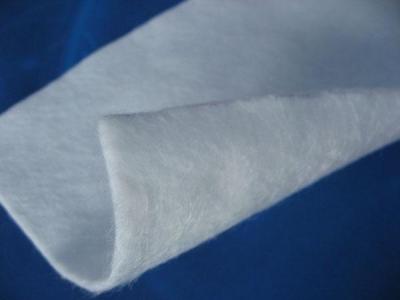Main functions and raw materials of geotextile bags
Main functions and raw materials of geotextile bags
Geopipe bags are an engineering material mainly used for soil consolidation, reinforcement, and protection. It has the following main functions:
Preventing soil erosion: Geobags can be used to repair areas prone to water erosion such as river banks, embankments, and waterways. It can form a protective layer on the surface of the soil to prevent it from being washed away, thereby protecting the stability of the soil.
Provide strength support: Geobags can be used to increase the strength and stability of the soil. In areas that require reinforcement, geotextile bags can be filled to form a sturdy support, effectively increasing the bearing capacity of the soil.
Drainage and filtration function: Geobags have good water permeability and can be used to provide drainage and filtration functions. It can filter the fine impurities in the soil, maintain the permeability of the soil, prevent the accumulation of soil moisture and cause Soil liquefaction and other problems.
Environmental protection: Geobags can be used in environmental protection projects. For example, in earthwork engineering, geotextile bags can be used to fix and protect slopes, preventing soil collapse and landslides from occurring.
The raw material of the geotextile bag can be Synthetic fiber or natural fiber. The common raw materials of Synthetic fiber are polypropylene, polyester, etc., while the common raw materials of natural fiber are wood fiber, hemp fiber, etc. These raw materials have certain tensile, compressive, and impermeable abilities, which can meet the requirements for the use of geotextile bags in engineering.



